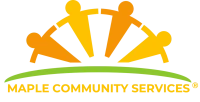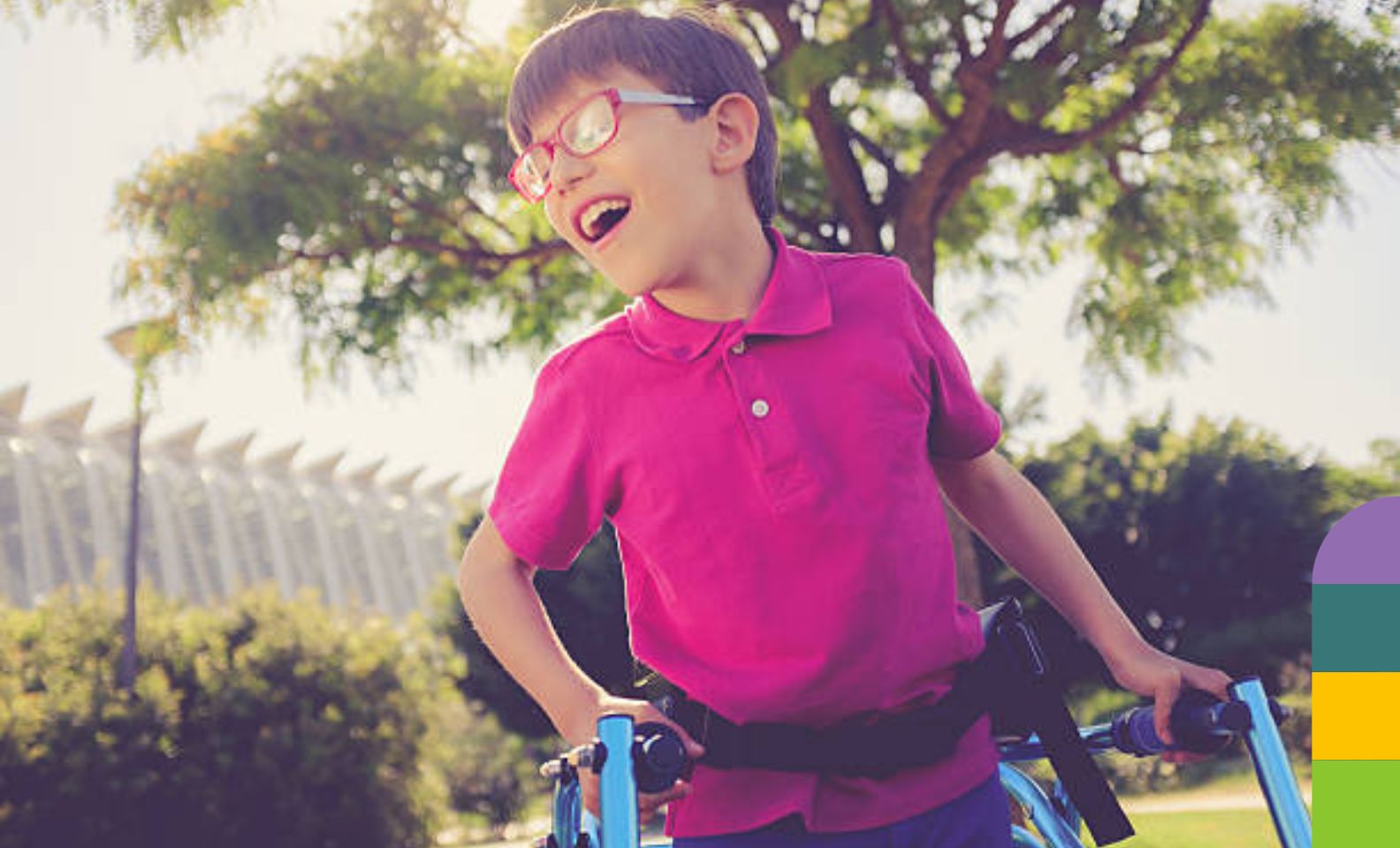Cerebral palsy and physical activity
In a world where physical activity is celebrated for its countless health benefits, we must remember that the joy of movement knows no boundaries. Cerebral palsy, a condition that affects muscle control and coordination due to damage to the developing brain, may present unique challenges, but it certainly doesn’t stand in the way of a life enriched by physical activity.
Physical activity serves as a powerful tool to alleviate pain and discomfort often associated with cerebral palsy, as well as increasing mobility. With the guidance of a support worker, you can craft a personalised physical activity plan and set attainable goals for a happier and enhanced quality of life.
At Maple, our aim is to explore with you the profound impact of physical activity for people living with cerebral palsy. We seek to inspire a positive change in the lives of those who can benefit from these activities, as well as those that are taking care of someone with disability.
Is physical activity good for cerebral palsy?
Embracing movement is not just an option for those with cerebral palsy – it’s a vital pathway to independence, inclusion and realising our human potential for us all, regardless of our abilities. However, there are countless ways that physical activity can rewrite the narrative for people living with cerebral palsy:
- Improved mobility – Regular physical activity can help to improve muscle strength, flexibility, and coordination, which can enhance our ability to move and perform daily tasks.
- Reduced spasticity – Exercise and stretching routines can help to reduce muscle spasticity, which is a common symptom of cerebral palsy. This can lead to increased comfort and ease of movement.
- Enhanced cardiovascular health – Engaging in cardiovascular activities such as swimming or adapted aerobic exercises can improve heart and lung health.
- Increased independence – By improving mobility and functional abilities, physical activity can promote greater independence in daily activities such as dressing, feeding and self care.
- Social interaction – Participating in group physical activities or adaptive sports can provide opportunities for social interaction and a sense of belonging, which is crucial for our emotional well-being.
- Pain management – Physical activity should be carried out with the guidance of health care professionals and social workers to help manage pain and discomfort associated with cerebral palsy.
- Mental health benefits – Exercise can have positive effects on our mental health, as well as reducing stress, anxiety and depression, which are common concerns for people living with chronic conditions such as cerebral palsy.
How does cerebral palsy affect physical activity?
For many people living with cerebral palsy, the condition can pose significant challenges when it comes to physical activity. Muscle stiffness, weakness, and spasticity are common symptoms, making movements more difficult and less coordinated.
You may also have challenges with balance, fine motor skills, or gross motor skills such as walking or running. As a result, engaging in traditional forms of physical activity, such as sports or recreational activities, may require adaptations or support for safe and comfortable participation.
At Maple, we don’t want these challenges to discourage you from participating in physical activity. Instead, we can learn to make adaptations and customise the activity to suit your unique abilities.
Your physical therapist, our adaptive fitness instructors and your support worker can all play a crucial role in designing tailored exercise programs that focus on improving your mobility, strength, and overall well-being.
How to encourage physical activity with cerebral palsy
The key to encouraging physical activity for people with cerebral palsy is to approach it in a personalised way with a focus on your strengths and abilities. With the right guidance, support and mindset, physical activity can become a fulfilling and rewarding experience.
Here are some strategies to think about:
Consult with healthcare professionals
The first thing to do is to consult with your healthcare providers, including your physical therapist and doctors that specialise in cerebral palsy. They can assess your unique needs, recommend appropriate exercises and help to establish safe and realistic goals.
Choose adaptive activities
Look for physical activities and exercises that are or can be adapted to your unique abilities. Adaptive sports, yoga, swimming and strength training can be great options, as they can be modified to suit varying levels of mobility and coordination.
Set realistic goals
Establishing achievable and attainable goals that are tailored to your current abilities can provide a sense of accomplishment, motivation and continuity with the physical activity.
Incorporate fun and variety
When we make physical activity enjoyable it means we look forward to it more and are more likely to participate and benefit from it. Try to include activities that you are genuinely interested in, whether it’s dancing, playing adaptive sports, or practising yoga, variety keeps the experience engaging and prevents boredom.
Support and motivation
Emotional support and encouragement from our loved ones is integral. When we view the activity as a means of improving your overall well being rather than focusing solely on performance and competition, physical activity can be a lot more enjoyable.
What activities are good for cerebral palsy?
Some of the physical activities that people with cerebral palsy might find beneficial include:
- Water based exercises such as swimming, aquatic therapy that can provide a buoyant and supportive environment and reduce impact on joints and muscles.
- Yoga to help you to improve flexibility, balance and relaxation. Find adaptive yoga classes with instructors trained to work with people with diverse mobility challenges.
- Strength training exercises can help to improve muscle tone and strength. You can use resistance bands or light weights adapted to your needs.
- Activities that focus on balance and coordination, such as Tai Chi or balance exercises can help people with cerebral palsy to enhance their motor skills and stability.
- Recreational activities such as adapted hiking, nature walking, and fishing if you enjoy the outdoors. This is also a good way to meet like minded people.
- You might want to try some more vigorous activities such as adaptive sports that are tailored specifically to your abilities. Consider wheelchair basketball, adaptive cycling, wheelchair tennis or even adaptive skiing.
How can my Support Worker help with physical activity?
The types of physical activities that suit you will ultimately depend on your own needs and abilities. Remember that we’re performing physical activity most of the time, even with our daily movements, like bathing, cooking or dressing ourselves. However, if you feel like you want to do more, then reach out to your Support worker who can help to arrange activities to best suit your needs.
With the right guidance and support, people with cerebral palsy can still enjoy the numerous physical and emotional benefits that come with staying active. At Maple, we can help you to seek out programs at local community centres, schools or specialised organisations such as Athletics NSW.
Reach out to Maple Community Services today to find out more about incorporating physical activity into your routine and connecting with our highly knowledgeable and competent team.




